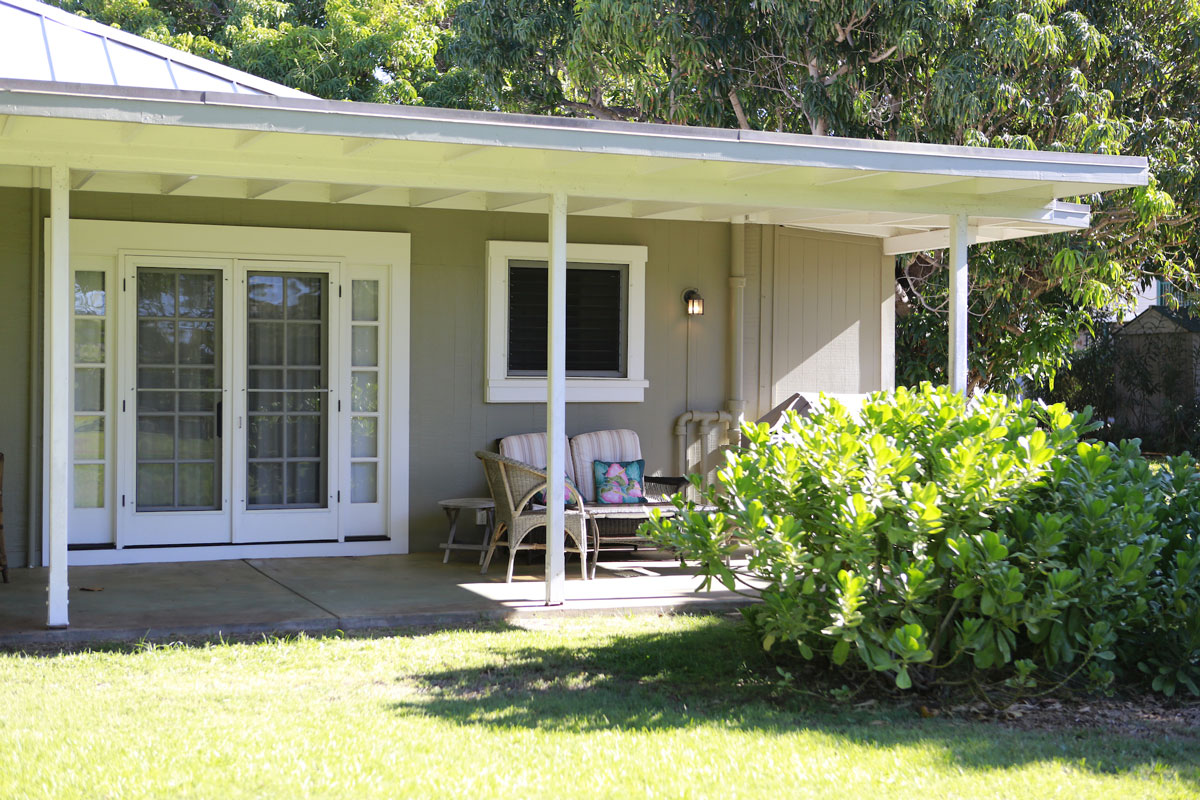
The fact that Hawaii is expensive is a fact we are all (unfortunately) aware of. The average living expenses of paradise are two-thirds higher than the rest of the United States. Despite a higher average yearly wage, the country has one of the highest tax rates in the country. According to Expatistan, the average monthly rent for a 900 Sq. ft. furnished accommodation in a relatively-normal-priced neighborhood is around $2,114. Not to mention, they estimate 1 liter of gas costing $.81., making it over $3 per gallon. This is due to the oil dependency on the United States, making utilities cost an astronomically higher amount than they would in the rest of the nation. To top it off, a dinner out for two costs at least $60 and up. If you are wondering why it’s so expensive, it all comes down to the dependency on imports. Hawaii imports everything, resulting in a 4% excise tax on most everything.
Housing costs in Hawaii are expensive and not getting any cheaper. In 2015, the median sale price for a home in Oahu was $730,000, which was up 7.6% from 2014, and up 17% from 2010. As of April 2017, the median sale price for single-family homes in Oahu was $752,000, up 4% from 2016. Causes of the high prices have been argued to result from a high demand for housing, a low supply of housing due to development and building regulations, and the high price of electricity.
Despite all of these staggering statistics, life in paradise is possible. There are plenty of options available to homeowners or potential homeowners living in Hawaii. First, the loan limit is significantly higher in Hawaii to adjust to the high housing prices. Conventional loan limits in 2017 vary according to county and unit size. For a single-family home in Hilo, the loan limit is $636,150; in Honolulu, it’s $721,050, in Kalawao, it’s $657,800, in Kauai, it’s $713,000, and in Maui, its $657,800. Due to the many conditions effecting house price and land price, price per square footage is not necessarily an indicator of sale price. Other contributors to price include location, view, construction quality, utilities, lot size, construction age, land tenure, and more. Often, if you are considering building a home, you must maneuver around the hard lava rock, the uneven terrain, and the construction regulations.
The Hawaii market moves very quickly. In Q1 of 2017, there was a total of 545 Big Island homes sold. It is important to have financing in order before you begin your home hunting. Additionally, it is important to find a Hawaii-based lender that is familiar with Hawaii regulations and standards, such as the home value according to multiple specs instead of acreage and square footage, as mentioned above. C2 Financial Hawaii is in Honolulu County and has certified loan officers with the right expertise and knowledge to help you through the process.
For those looking to obtain financing for their home, C2 Financial Hawaii offers jumbo loans, conventional loans, refinancing, construction loans, rehab loans, reverse mortgage, and more. Not to mention, there are VA benefits for veterans, soldiers and surviving spouses. C2 offers pre-qualification and no-obligation consultations where you can work with a certified loan officer without pressure. Additionally, there are pre-approvals, realtor referrals, assistance with credit repair (including rapid rescoring,) and education to empower borrowers to make the best decisions financially.
Despite the high prices and the expensive goods, enjoying life in Hawaii is possible. Borrowers need to do plenty of research on how to maneuver the high costs with certified lenders such as C2 Financial. To learn more about the options available to you, click here to speak to a certified loan officer.

C2 Financial Corporation is a Hawaii State NMLS Licensed MLOC: NMLS #135622, C2 Hawaii NMLS#1244222. Loan approval is not guaranteed and is subject to lender review of information. All loan approvals are conditional and all conditions must be met by borrower. Loan is only approved when lender has issued approval in writing and is subject to the Lender conditions. Specified rates may not be available for all borrowers. Rate subject to change with market conditions. C2 Financial Corporation is an Equal Opportunity Mortgage Broker/Lender. The services referred to herein are not available to persons located outside the state of Hawaii.